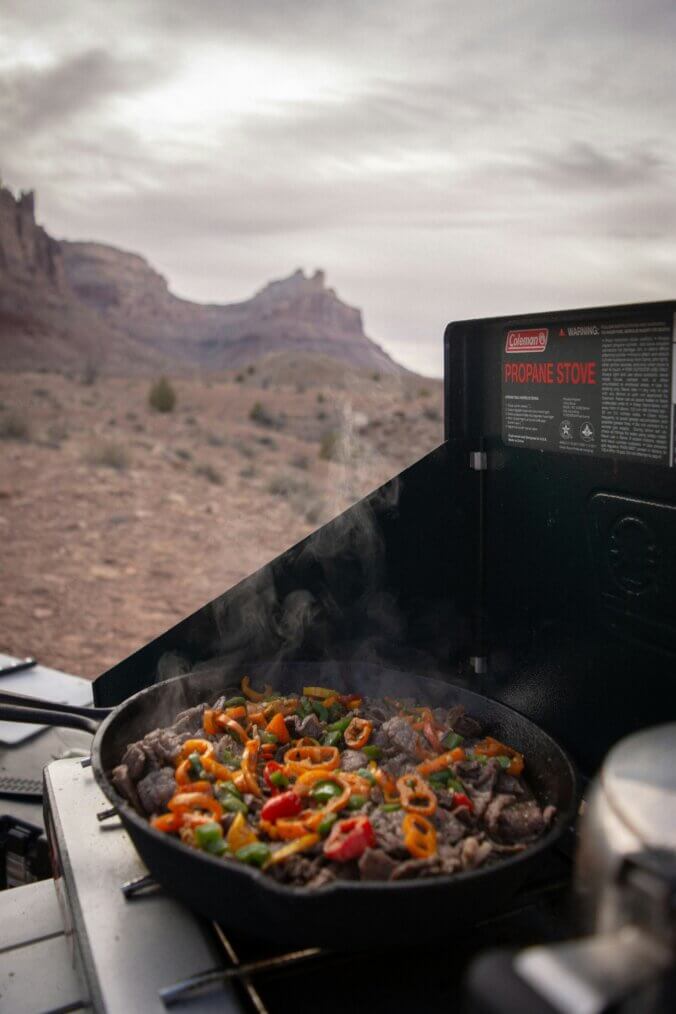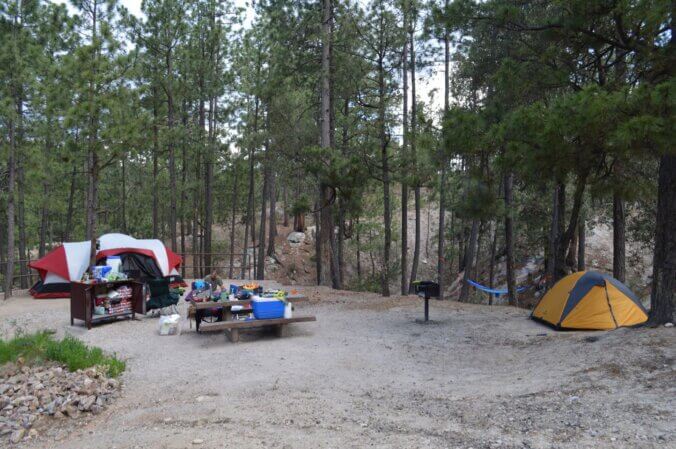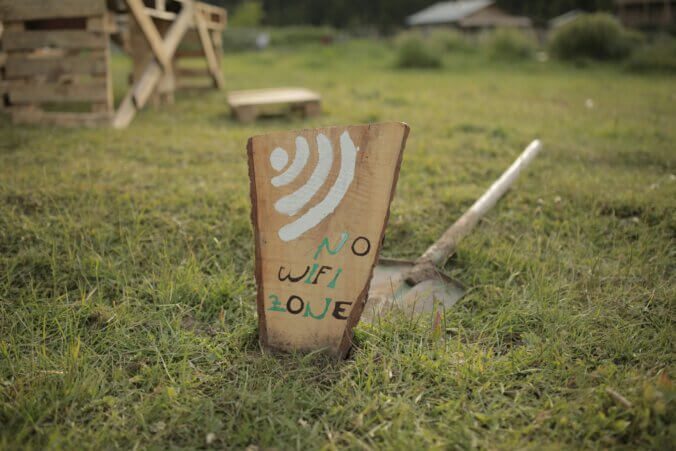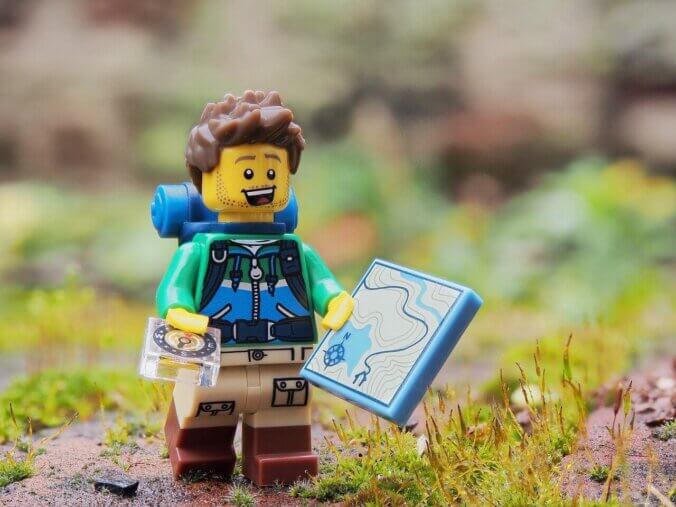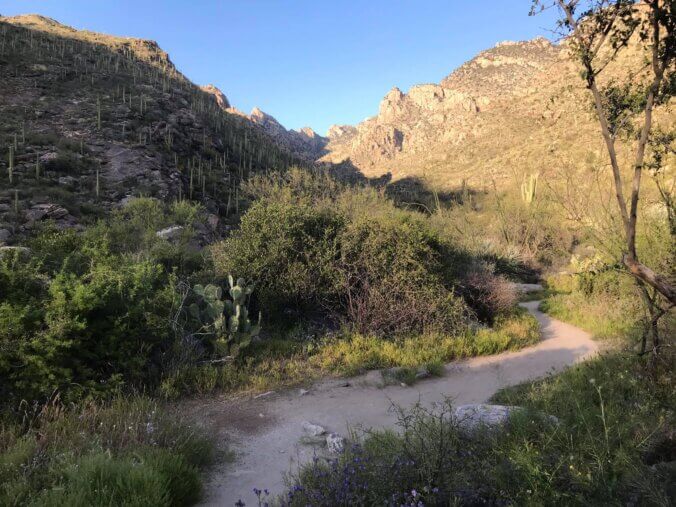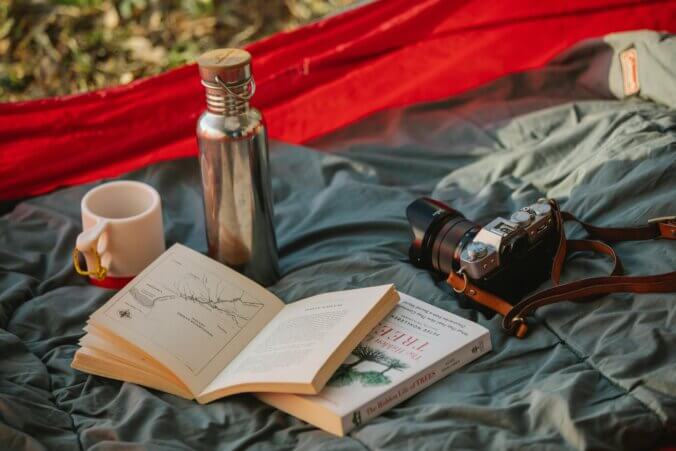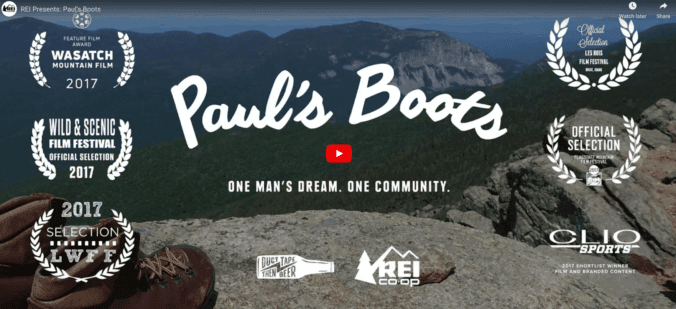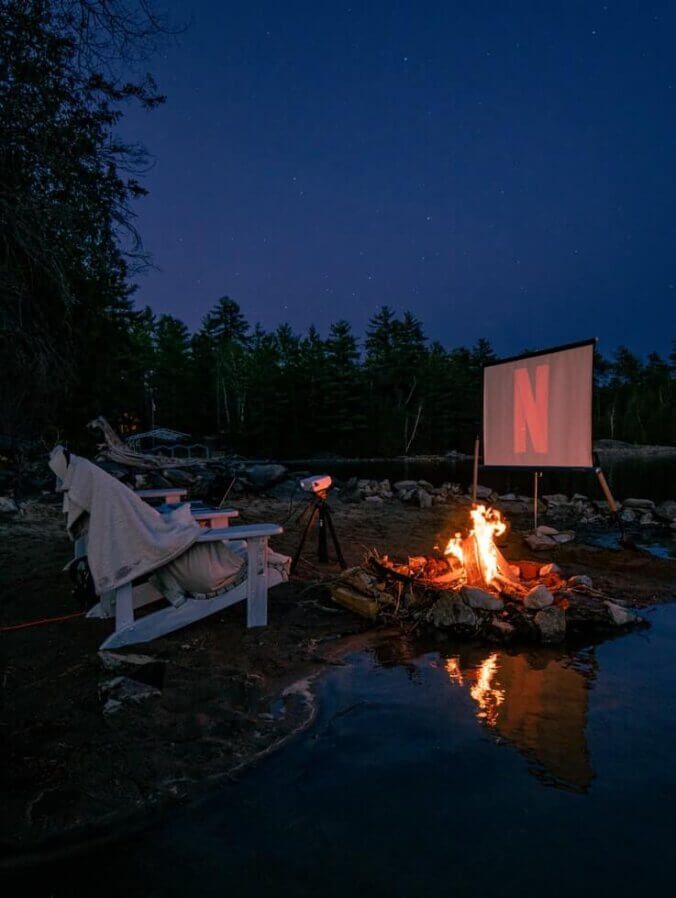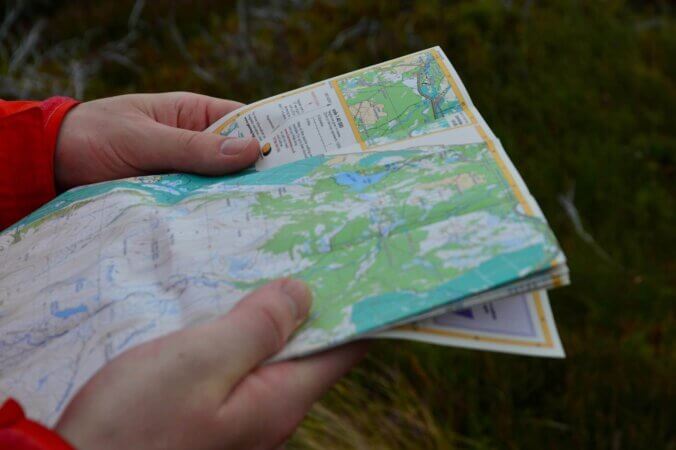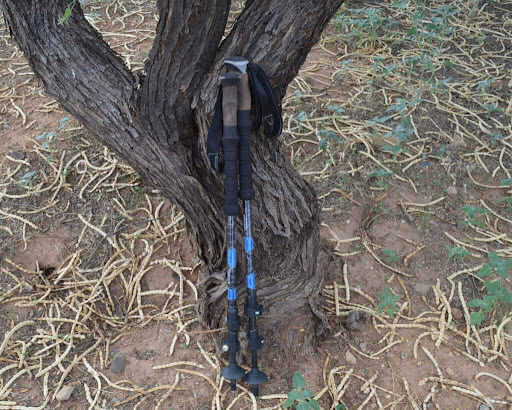Ah, the great outdoors! Whether you’re pitching a tent under the stars, conquering the next ridge, or cruising down the highway with your favorite tunes, there’s no doubt that being prepared with the right kind of nutrition can make or break your adventure. Just as we prep our gear with meticulous care, the food we bring along needs the same thoughtful attention. Here’s how you can keep your stomach full and spirits high, no matter where your travels take you.
1. Plan Ahead and Pack Smart
Before you hit the road or trail, planning is paramount. Think meals that are not only easy to carry but also easy to prepare. Dehydrated meals come in handy while camping and hiking, offering lightweight packing without compromising on nutritional value. For those road trips, consider pre-made sandwiches, salads, or wraps that can easily be packed in a cooler.
2. Hydration is Key
It’s easy to get caught up in the excitement and forget about hydration. Whether you’re scaling up a mountain or navigating through traffic, water is your best pal. Carry a refillable water bottle and consider packing a portable water filter for longer outdoor excursions. And for a bit of flavor? Squeeze some fresh lemon or throw in a few berries to make it more enjoyable.
3. Focus on Nutrient-Dense Foods
When you’re out in the wild or on the road, your body needs fuel that packs a punch. Nuts, seeds, and dried fruits are great for a quick trail mix. Lean proteins like jerky or hard-boiled eggs can keep your energy levels up. And don’t forget your veggies – carrot sticks and bell peppers are crunchy, refreshing, and full of the vitamins you need to keep going.
4. Keep It Simple and Safe
Remember, the goal is to enjoy your adventure without a hitch. Simple cooking methods like boiling or using a portable camp stove can save you time and hassle. Always pack foods that require minimal preparation and can be safely stored. For instance, canned beans or tuna can be a fantastic base for a quick meal, just be sure to bring a can opener!
5. Treat Yourself
What’s an adventure without a little indulgence? After a day full of activities, a small treat can be the perfect cap to an evening. Dark chocolate, a piece of fruit, or even a s’more if you’re by a campfire, can be delightful. Remember, it’s all about balance.
6. Mind Your Meals on the Move
Eating while moving, especially on road trips, can be tricky but manageable. Pack snacks in easy-to-reach places so you aren’t rummaging through bags while driving. If you’re hiking, use snack breaks as an opportunity to rest and enjoy your surroundings. Mindful eating will enhance your experience and help you tune into your body’s hunger cues and needs.
7. Leave No Trace
It goes without saying, but keeping our wild spaces pristine is a responsibility that falls on all adventurers. Pack out what you pack in, including food waste and wrappers. Being considerate of nature not only preserves it for future explorers but enhances your connection to the environment.
Fueling your body right is crucial to getting the most out of your adventures. With a little preparation and some smart packing, you can nourish your body, delight your taste buds, and keep the wheels turning towards your next great journey. Happy travels!

